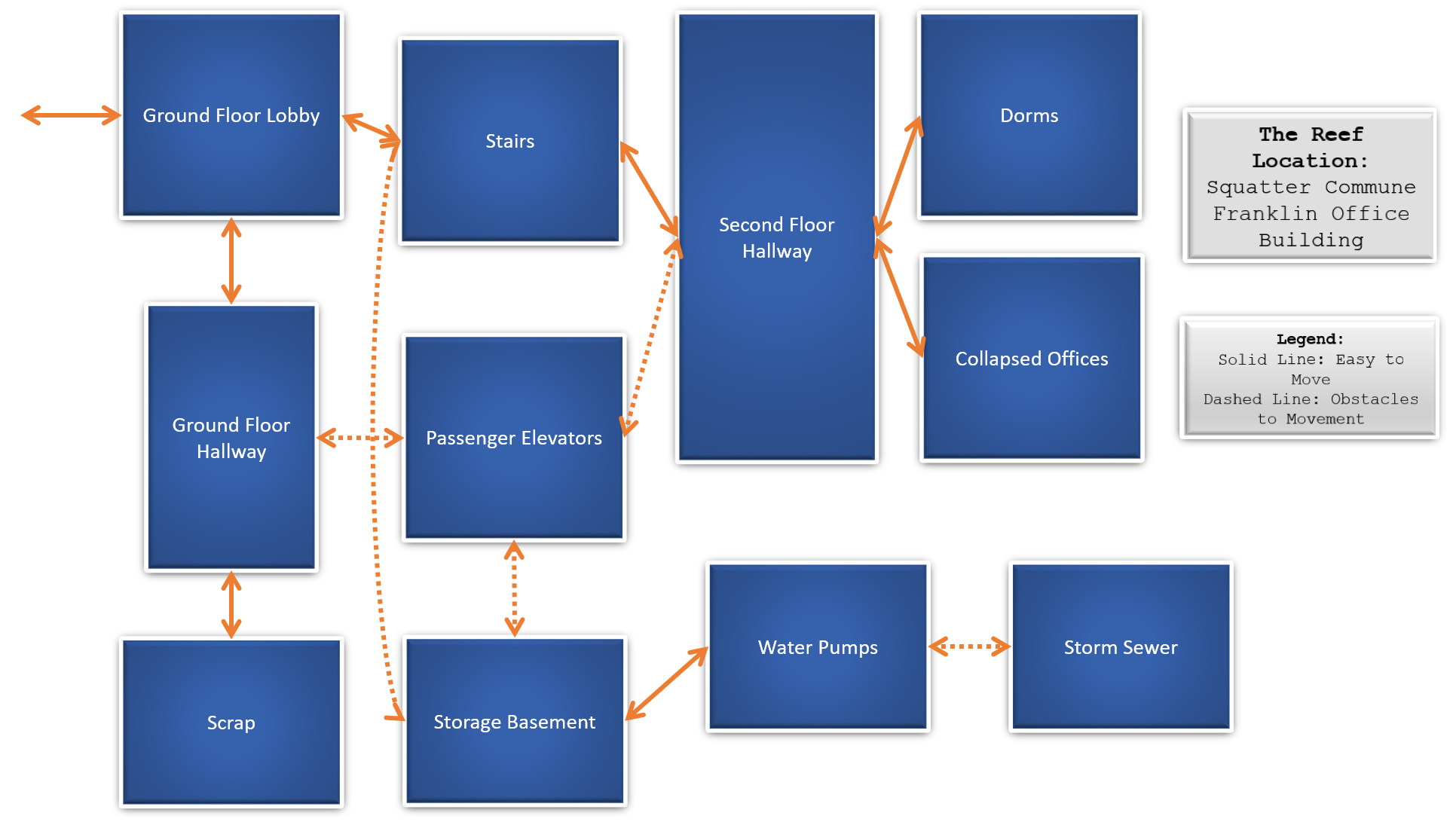

#Nodebox map ethnography movie#
You can export the design either as static art under different image file formats, or directly as a movie to play on your PC or phone. Although it requires some training and time, you can get acquainted easier by studying some of the built-in presets. It’s also possible to create animated art. For everything to go as planned, you need to connect nodes together, but make sure to check order, and where connections are placed. These are used to define the visual aspect of the node, as well as its behavior. Organized in categories, you can choose from an abundance of math, string, color, list, data, geometry, network, core, and other node types.ĭepending on the type of node you create, sets of options become available.

These sets of data are nodes, added from a separate list. The way in which things work is by creating sets of data the application transforms into visual representations. One is used to display everything you create, another to place and combine elements, while the other shows all management options for a selected node. The main window is split into several sections. On the visual side of things, the application is pretty polished, with an intuitive overall look and feel. The only thing you need to make sure is whether or not the computer you’re installing and running it on is equipped with Java Runtime Environment, because it was built on this platform. The application doesn’t take too much of your time to install. Apart from painting utilities, art can be derived even from some complicated and complex activities like math, and is exactly what NodeBox wants to prove. The computer brought about even more ways, especially on a visual level.

Throughout the years, art has developed many forms, from paintings to sculptures and abstract designs.


 0 kommentar(er)
0 kommentar(er)
